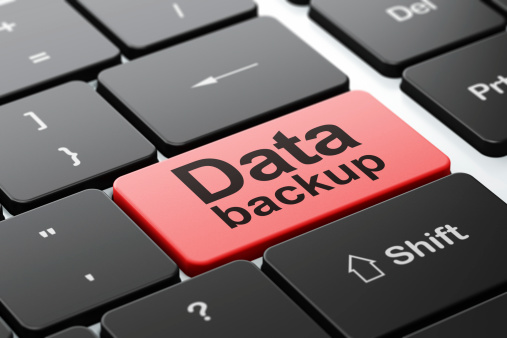Need help with Backup and Disaster Recovery Plan? Check SSW's Backups consulting page.
Business continuity is present in any good disaster recovery plan and means that when your services (e.g. websites, hardware, software) fail or suffer an outage, you have measures in place to ensure downtime is minimal.
Azure Site Recovery is the best way to ensure business continuity by keeping business apps and workloads running during outages. It is one of the fastest ways to get redundancy for your VMs on a secondary location. For on-premises local backup see Do you know why to use Data Protection Manager?
At some point every business will experience a catastrophic incident. At these times it is important to have a plan that explains who to contact, the priority of restore and how to restore services.
At the time of a disaster, you should have a few objectives established and measure some results - The objectives are RPO (Recovery Point Objective) and RTO (Recovery Time Objective); and the measurements to take are RPA (Recovery Point Actual) and RTA (Recovery Time Actual).
It's recommended to practice your disaster recovery at least once every 12 months. This way you make sure that you are investing in the minimum amount of required resources, and that your plan actually works.
Using Data Protection Manager (DPM) to backup your servers.
There are many options for personal and business backup solutions on the market.
In today's digital landscape, the importance of robust email backup solutions cannot be overstated. Regular and efficient backups are essential, not just when an employee departs from the company, but on a daily basis to ensure data integrity and continuity. If you are using Microsoft's Exchange Online solution for your emails, these are some options for you.
Using a standard file structure for storing user data on laptops makes locating the important information fast and performing automated backup operations easy - Use this checklist.
Remember, the expectation is for all the questions to be answered with "YES" by the end of this checklist.

For any kind of backups, it is important to log a record on success so you can check for backups that have failed.
It is important to back up your work regularly to a separate location to prevent any loss of data. Ideally, back-ups are saved to a server or cloud-based file storage for ease of access.
When building projects, ensure that files and folders are labeled clearly and consistently. For example, use different folders for different file types - footage, images, exports, projects, etc. This ensures that another team member (or your future self) can easily find all the assets associated with the project. File names and structure should be consistent – both among team members and over time.
Check "Always keep on this device" so you can access your files offline.